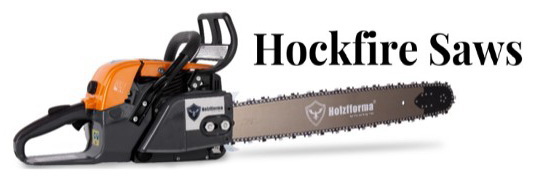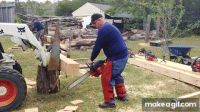I spread the cage a little so reed travel wasn’t limited. But since there really isn’t any fuel flowing through the reeds I don’t see much gain there.
Getting more fuel in is easy, just tweak the carb. However, the hard part is getting air in there to burn the fuel (like with turbos, superchargers).
Reed valves have weird characteristics. At low RPM they can have timing like a rotary valve engine, but at high RPM the operate more like piston-port engine. That's because the reed has mass and isn't as responsive to opening and then doesn't want to close immediately. I'd like to get them to operate more like a rotary valve engine at high RPM.
Maybe with a thin reed and reducing the gap of the reed stops it might work more like a rotary.
As it is with the piston-port engine, there is a 'dead' time (no intake flow) from transfer closing to intake port opening. A responsive reed may be able to flow during that period so that the crankcase gets a better fill.
I expect that the factory tried various reeds to see what worked best. As usual, commercial considerations came into the picture and the reed chosen may likely not be the reed that produces the best power. - Perhaps the best reed for power only lasted 100 hours of run time. Choosing that reed would be a commercial disaster as the saw would gain a reputation as being unreliable, so they went with a reed that gave 1000 hours of use and sacrificed some power.
I'd love to get a hold on their research to see what results they got.







